6 Essential Babywearing Tips
A babywearing educator explains exactly how to use a baby carrier safely and with confidence.
By Azja Pryor, A CBWS Babywearing Educator
You and your partner are expecting. Maybe it’s your first, second, or third child: the excitement is through the roof, but so is the stress of trying to do everything right. There is one not so little secret for making those first few years with a new child easier and more special – babywearing! Mothers have been successfully wearing their babies from birth through toddlerhood for thousands of years, and you can too.
There is nothing comparable to holding your newborn in your arms: it’s the sole description of unconditional love. Soon nights will be shorter, and sleep will feel like the biggest luxury ever. Things you used to do pre-baby may feel impossible now. But babywearing, which is steadily growing in popularity in the United States, can help you.
No matter what carrier or “must-have” item you buy, safety is first. With so many options on the market, it is important to decide which carrier is right for your lifestyle and educate yourself on the 101 of babywearing safety.
As a trained babywearing educator for LÍLLÉbaby, I’ll go over six babywearing tips to help you feel like a babywearing pro and ensure you and your little one are comfortable and safe!
- Baby should always be visible and kissable

It's important for babies to be positioned in the carrier so they are always easily visible and kissable. Keeping them at collar bone height is a great starting point. To know if you got it right, the wearer should be able to simply tip their head down and see the baby’s face.
In addition to seeing your baby’s face, you’ll want to feel them breathe. We want to always make sure that the baby’s airway is open and clear. If the baby’s chin is resting on their chest, it can obstruct the airway.
- Tighten Carrier

The carrier needs to be worn tightened in a way that is comfortable and supportive for both the wearer and baby. A loose carrier allows a baby to slump down.
In a soft structured carrier, like the LÍLLÉbaby Complete, you’ll first want to begin with securing the waistband. Get it taut and parallel to the ground. Once your baby is safely secured in the carrier, for additional comfort and support, the wearer should make final adjustments to the shoulder straps and chest clip.
The ability to feed or nurse your baby while in the carrier is one of my favorite benefits of babywearing. But, if you do feed, it is always important to readjust the baby’s position and retighten the carrier once the feeding session is finished.
- Protect Baby’s Natural Positioning

While in the womb, babies are curled into the fetal position with their spines in a perfect “C” curve position and knees bunched into their chests. Once born, babies will naturally pull their legs up into a spread squat position with their knees higher than their bums when held against your chest.
Stretching limbs or crotch “dangling” while being worn in carriers for young babies can result in hip instabilities and hip dysplasia. An ergonomic wrap, sling or soft structured carrier that properly supports baby from knee to knee, preserving the babies natural spread squat position and the natural curvature of your baby’s spine is very important and ideal for healthy hip positioning as encouraged by the International Hip Dysplasia Institute.
- Avoid wearing tightly fitted PJs
Footed PJs are perfect for keeping those little baby toes nice and toasty, but they can pose a risk when wearing a baby in a carrier. Fitted PJs will naturally rise when a baby is placed in a carrier, possibly constricting the movement of toes and blood flow.
If the child is wearing fitted PJs while babywearing, always size up and check your baby’s toes each time upon placing them in a carrier to make sure there’s plenty of wiggle room and that they are unrestricted in their movement. Markings on baby’s feet that are similar to sock compression marks are okay. But if marks on your baby’s feet last longer than 20 minutes or the baby’s skin appears to be bluish in color, it is safe to assume that the blood circulation is being restricted and adjustments should be made.
- Proper Head Support

A baby’s head and neck should be well supported by the panel of the carrier. We want babies, who are unable to hold their heads up unassisted, to have the proper and necessary head support while the parent or caregiver moves around freely. While supportive of the head, the carrier’s panel or fabric should never come higher than the middle of the baby’s ear to allow the baby to freely move their head side to side.
- Forward Facing Outward Safety

Once baby is at least 6 months old and has strong neck and trunk control – welcome to the world of forward-facing outward!
If a baby is worn in a forward-facing outward position and shows signs of getting tired or has fallen asleep, turn the baby around in the carrier to face you right away. A baby is in danger of having their airway obstructed as their head slumps forward when they fall asleep in forward-facing outward carry.
Babywearing is meant to be a wonderful bonding experience with babies through toddlerhood. As with everything, there is a learning curve to babywearing so don’t give up if your first try isn’t a fairy tale.
Your baby picks up on your energy, so there’s a good chance that if you’re anxious or frustrated, your baby will be too. On the flip side, if you are calm and confident your baby will feel just that.
Prior to putting the baby into the carrier for the first time make sure baby is fed, dry and rested. A calm and confident parent yields a calm and confident baby. So, take a deep breath, say a few self-affirmations, and know that you were born to do this!
Happy Babywearing!

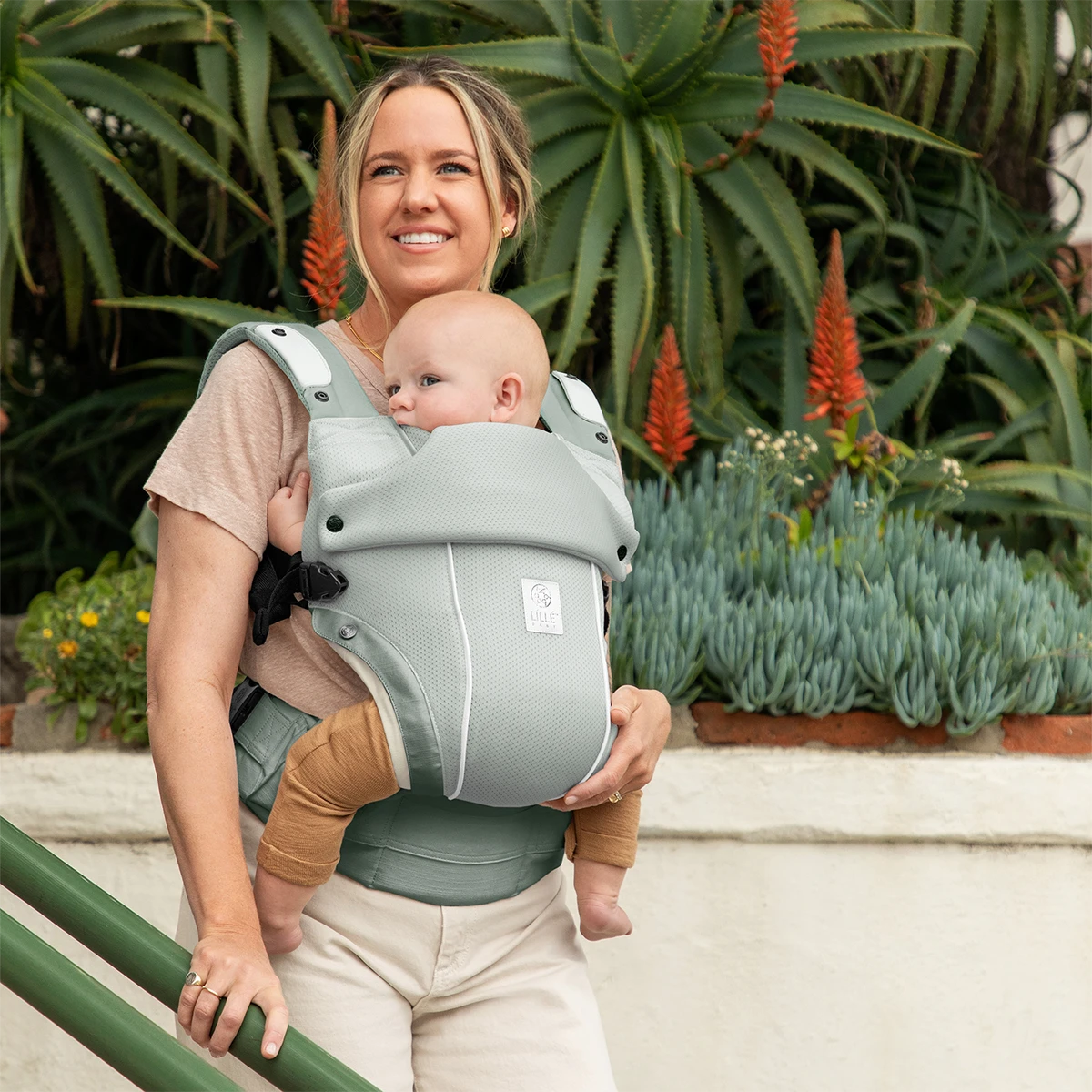

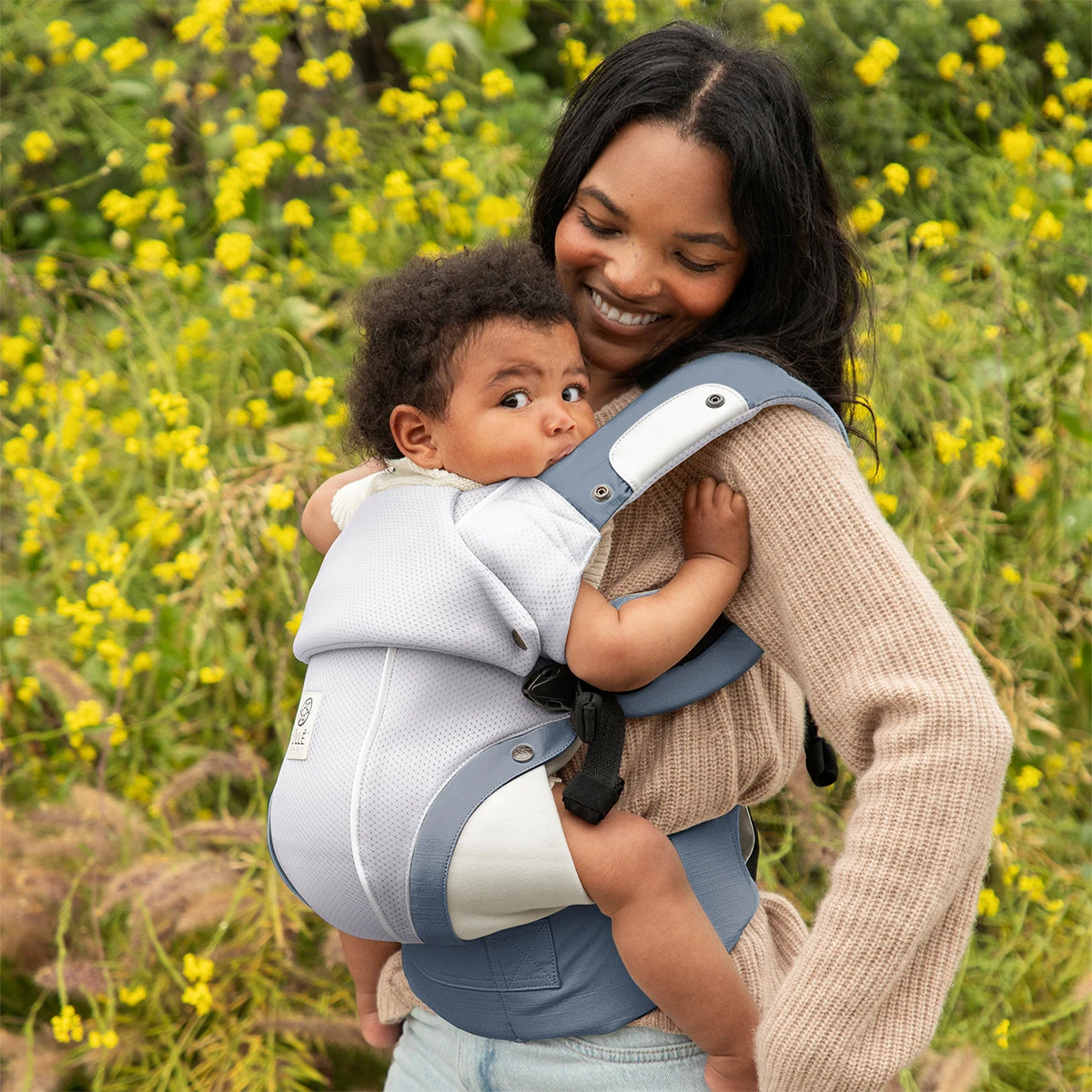

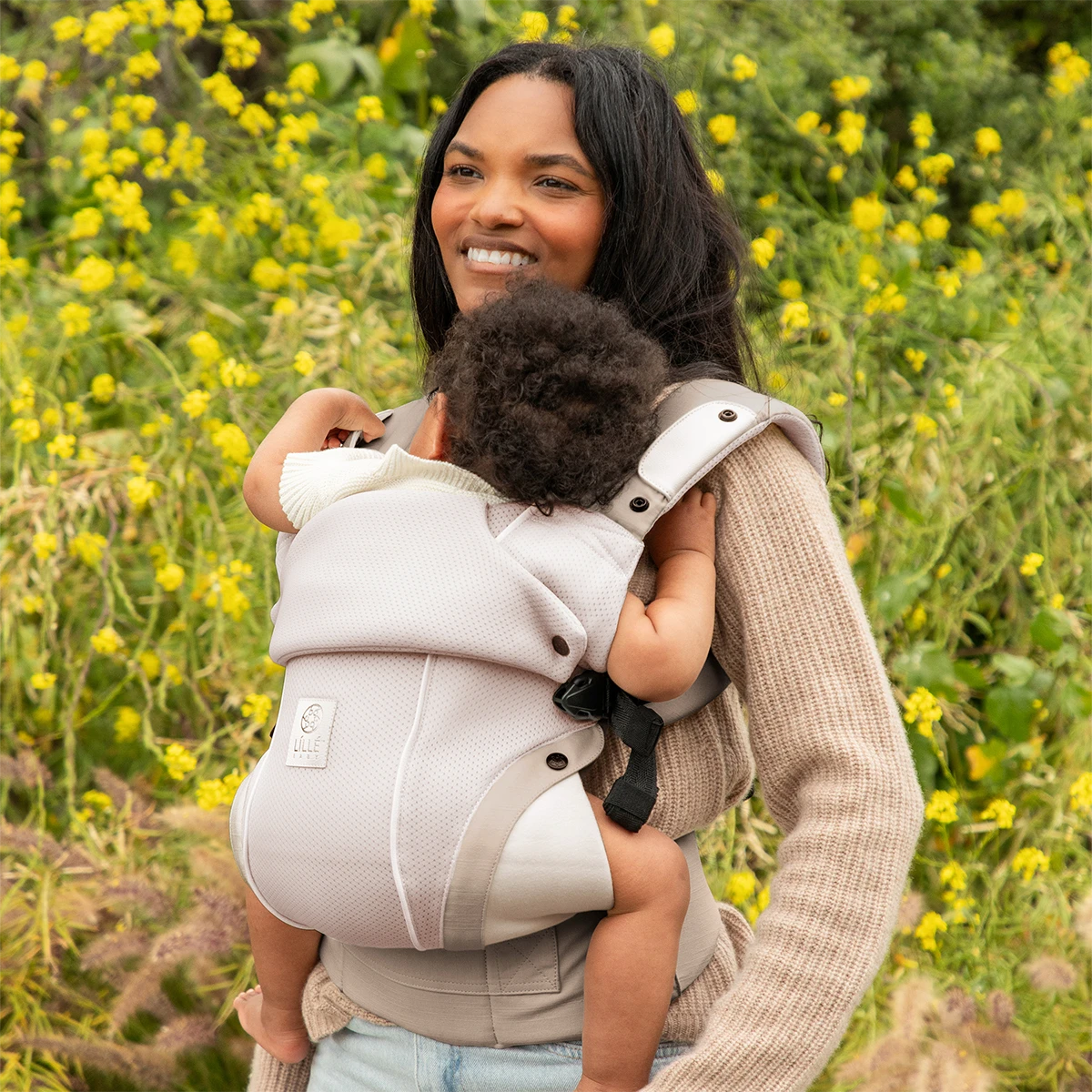

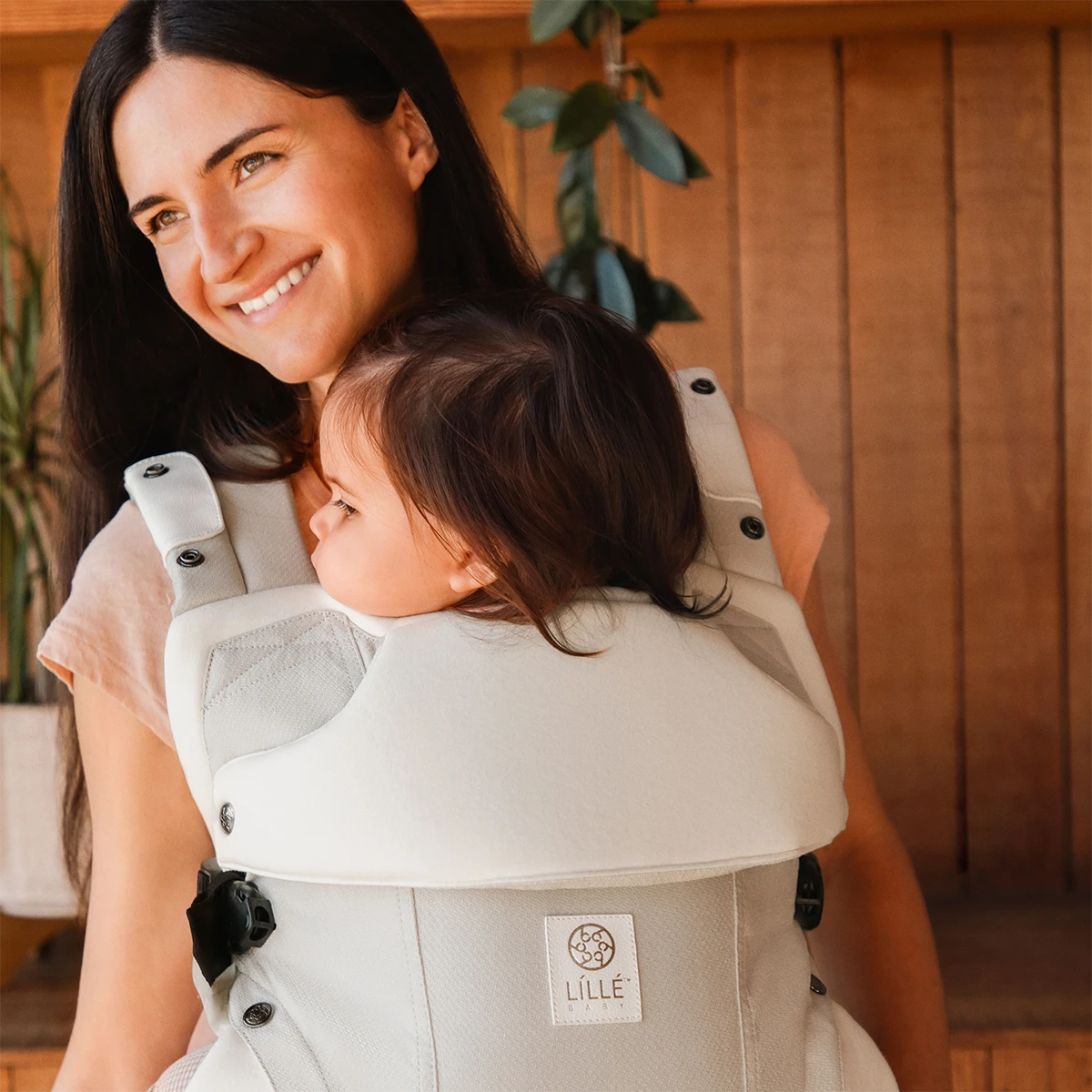

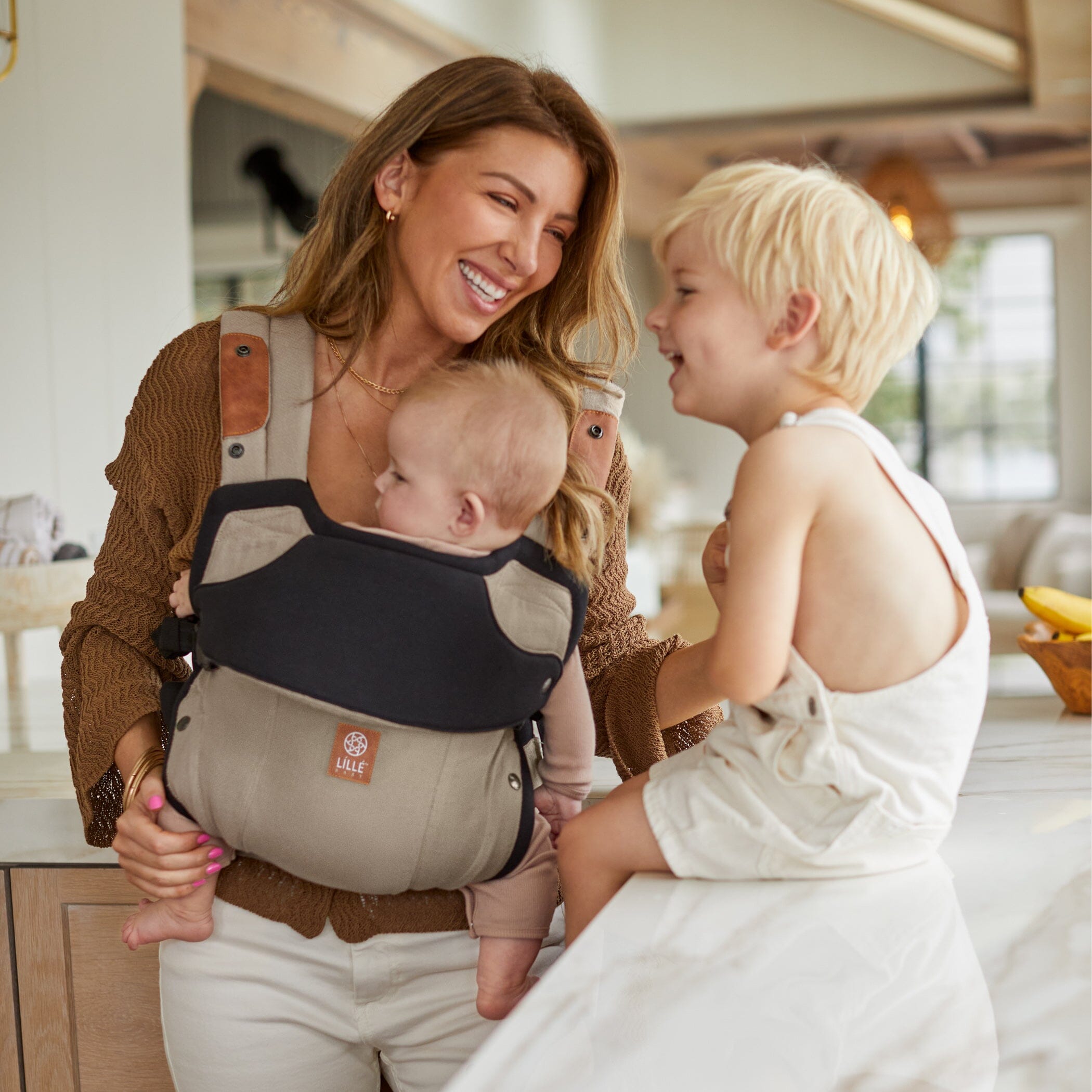






ZeLFXIJEbqlkzSw
dPolrHOfMUIig
jmXWSJfEZ
eOhvoJRYM
XRclwkKLvp
Leave a comment